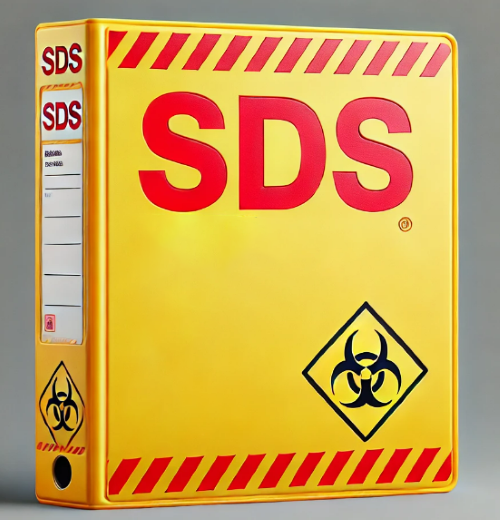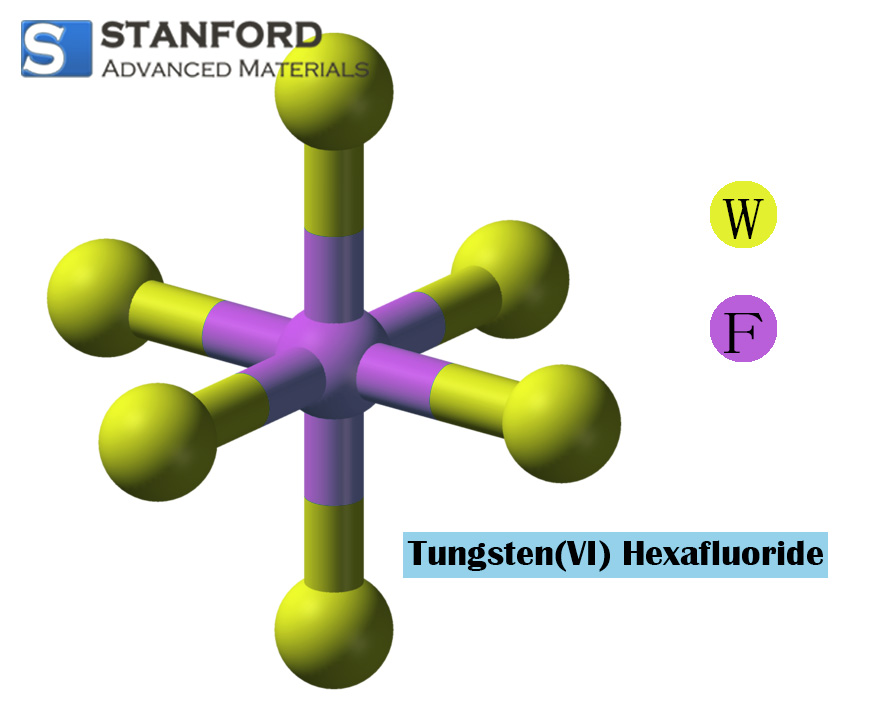MSDS of Dysprosium Oxide
Identity: Dysprosium oxide
Formula: Dy2O3
SECTION I - GENERAL INFORMATION
Manufacturer: Stanford Advanced Materials (SAM)
The information below is believed to be accurate and represents the best information available to SAM. However, SAM makes no warranty, expressed or implied with respect to such information and we assume no liability resulting from its use.
SECTION II – INGREDIENTS/SUMMARY OF HAZARDS
CAS #: 1308-87-8
%: >99
OSHA/PEL: Y
SECTION III – PHYSICAL DATA
Boiling Point: N/A
Melting Point: 2340 °C (4244 °F)
% Volatile: N/A
Solubility in water: Insoluble Specific Gravity (H20=1): gm/cc Evaporation Rate: N/A
Vapor Density (air=1): N/A
Vapor Pressure (mm Hg): N/A Physical State: solid
Appearance and Odor: White powder, odorless
Density: 8016 g/ml at 25°C
SECTION IV – FIRE AND EXPLOSION HAZARD DATA
Flash Point: N/A
Explosive limits: LEL: N/A UEL: N/A
Extinguishing Media: Not combustible. Use suitable extinguishing agent for surrounding materials and type of fire.
Firefighters should wear proper protective equipment and self-contained breathing apparatus with full protective clothing to prevent contact with skin and eyes.
SECTION V – HEALTH HAZARDS AND FIRST AID MEASURES
Routes of Exposure: Inhalation, skin, eyes, ingestion
Inhalation:
Acute: May cause irritation to the upper respiratory system.
Chronic: Not known
In Emergency Procedures: Remove victim into fresh air; give oxygen if breathing is difficult and seek medical
attention.
Ingestion:
Acute: Low acute toxicity
Chronic: Not known
In Emergency Procedures: Give 1-2 glasses of water and induce vomiting; seek medical attention. Never induce vomiting or anything by mouth to an unconscious person.
Skin:
Acute: Non-irritating. Skin absorption not likely.
Chronic: Not known
In Emergency Procedures: Wash affected area with mild soap and water. Seek medical attention
if symptoms persist. Eyes:
Acute: May cause moderate irritation. Chronic: Not known
In Emergency Procedures: Flush eyes with lukewarm water, lifting upper and lower eyelids, for at least 15 minutes. Seek medical attention if symptoms persist.
Medical Conditions Generally Aggravated by Exposure: Inhalation of product may aggravate existing chronic respiratory problems such as asthma, emphysema or bronchitis. All treatments should be based on observed signs and symptoms of distress in the patient. Consideration should be given to the possibility that overexposure to materials other than this product may have occurred. Treat symptomatically. No specific antidote available.
SECTION VI – REACTIVITY DATA
Stability: Stable
Conditions to Avoid: Dusting conditions
Incompatibility: Strong acids
Hazardous Decomposition Products: Not known
Hazardous Polymerization: Will not occur.
SECTION VII – ENVIRONMENTAL INFORMATION
In case of spill or leakage, wear appropriate respiratory and protective equipment specified in section VIII- control measures. Isolate spill area and provide ventilation. Vacuum up spill using a high efficiency particulate absolute (HEPA) air filter and place in a closed container for proper disposal. Take care not to raise dust. Avoid prolonged contact with skin and eyes.
Waste Disposal Method: Dispose of in accordance with all applicable Federal, State and Local Regulations. Any containers or equipment used should be decontaminated immediately after use. Do not flush to drain.
Hazard Label Information: Keep container tightly closed. Store in cool,well-ventilated area. Wash thoroughly after use. Dry powders can build static electricity charges when subjected to the friction of conveying, mixing or sliding. Provide adequate precautions, such as electrical grounding or inert atmospheres when material is used in the presence of flammable materials to prevent ignition. When used for glass polishing, the suspension of polish becomes alkaline following the hydrolysis of the glass. It is strongly recommended that gloves and goggles be worn to prevent contact under these conditions.
SECTION VIII – CONTROL MEASURES/PROTECTIVE EQUIPMENT
Protective Equipment Summary: NIOSH approved respirator, impervious gloves, safety glasses and clothes to prevent skin contact.
Respiratory Equipment (specify type): NIOSH/MSHA approved respirator
Gloves: Rubber
Other: Protective gear to prevent contamination
Work/Hygienic/Maintenance Practices: Implement engineering and work practice controls to reduce and maintain concentration of exposure at low levels. Use good housekeeping and sanitation practices. Do not use tobacco or food in work area. Wash thoroughly before eating and smoking. Do not blow dust off clothing or skin compressed air.


